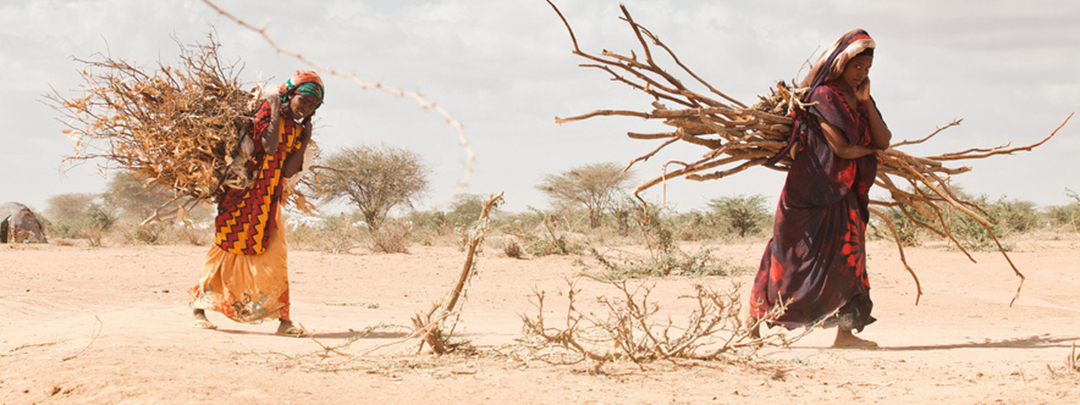Demographic Resilience: Linking Population Dynamics, the Environment, and Security
Publisher: SAIS Review of International Affairs
Author(s): Roger-Mark De Souza
Date: 2015
Topics: Conflict Causes, Conflict Prevention, Gender
Demographic trends are important among the range of factors that motivate or deter political instability. Over the past several decades, countries with very young age structures—those in which at least 60 percent of the population is younger than thirty years of age—have been much more likely to experience outbreaks of conflict than those with a broader population distribution across different age ranges. Young people are a country’s key human resource and the embodiment of future potential for development. However, when individual insecurity combines with changing demographics, governance challenges, and other socioeconomic conditions, state security can also be threatened. Youth bulges, increasing urbanization, and violations of women’s rights, as with natural resource scarcities, can exacerbate or mitigate the direct factors that may trigger a conflict. This article examines the ways in which demographic trends influence security considerations, highlighting some key considerations in light of the reality of climate change and drawing policy implications for the security, humanitarian, and development communities. It suggests that when countries find ways to harness population dynamics they enhance their “demographic resilience” and find ways to plan for the shocks and stresses associated with climate change that may increase their conflict potential.
